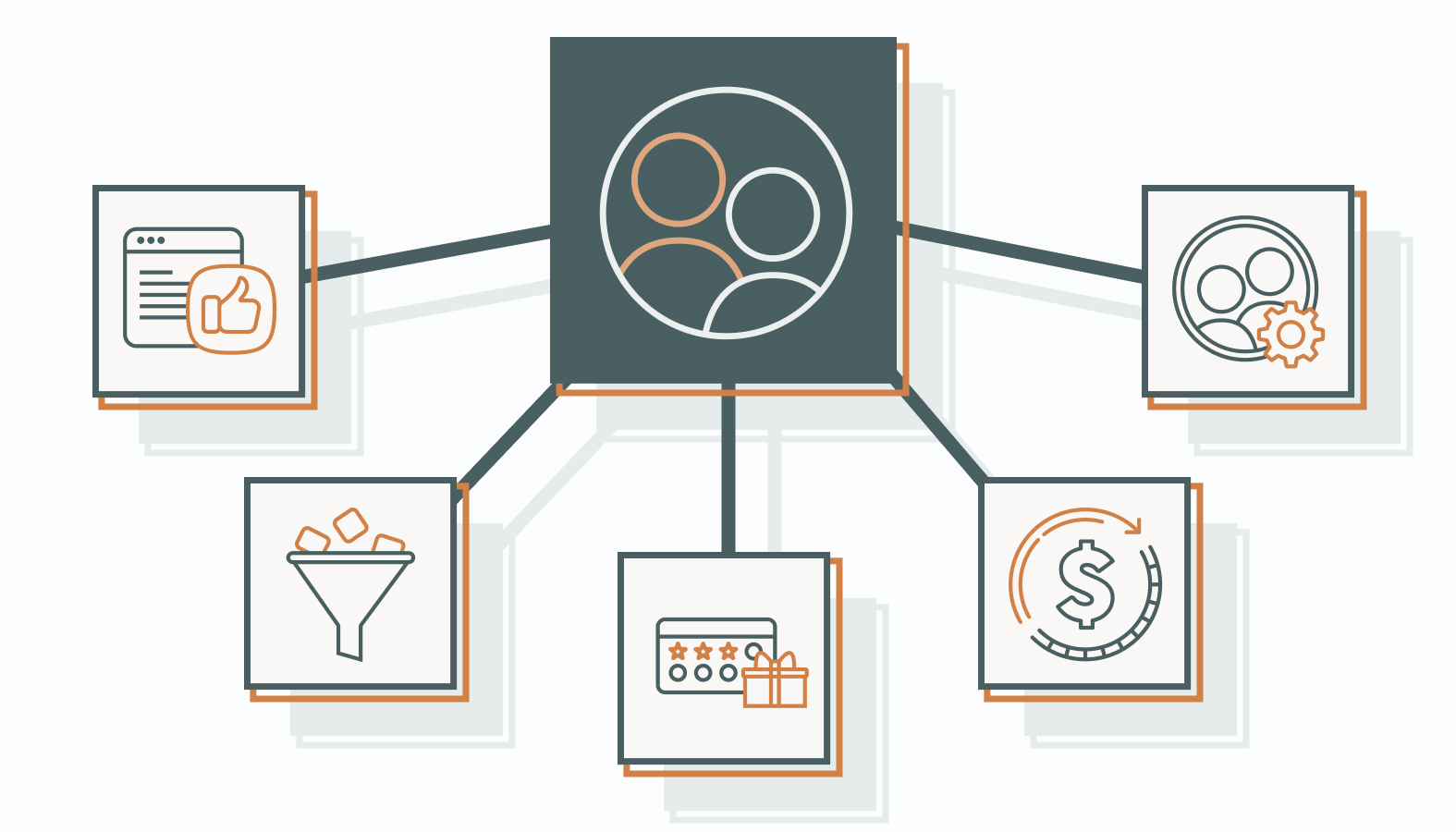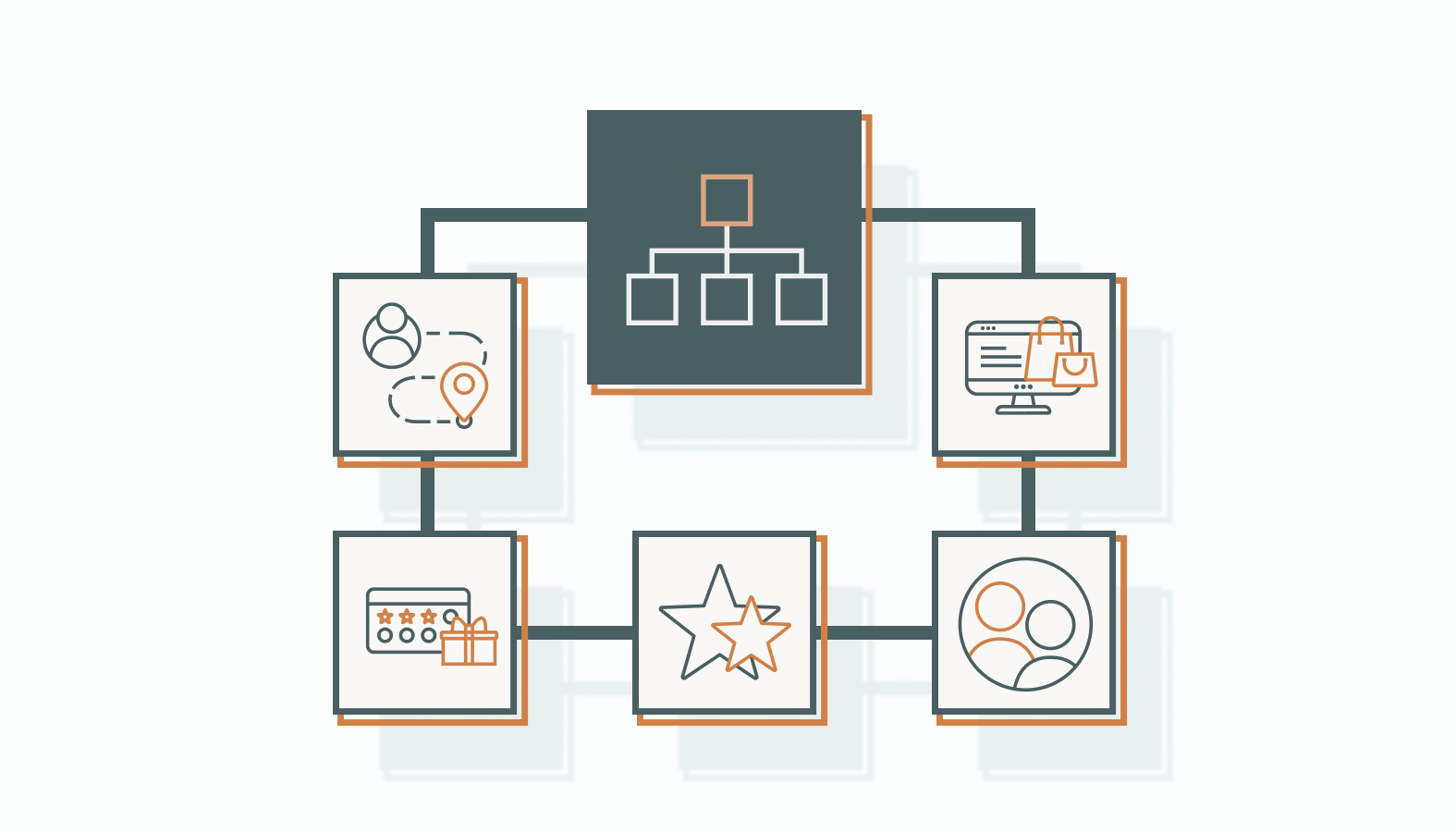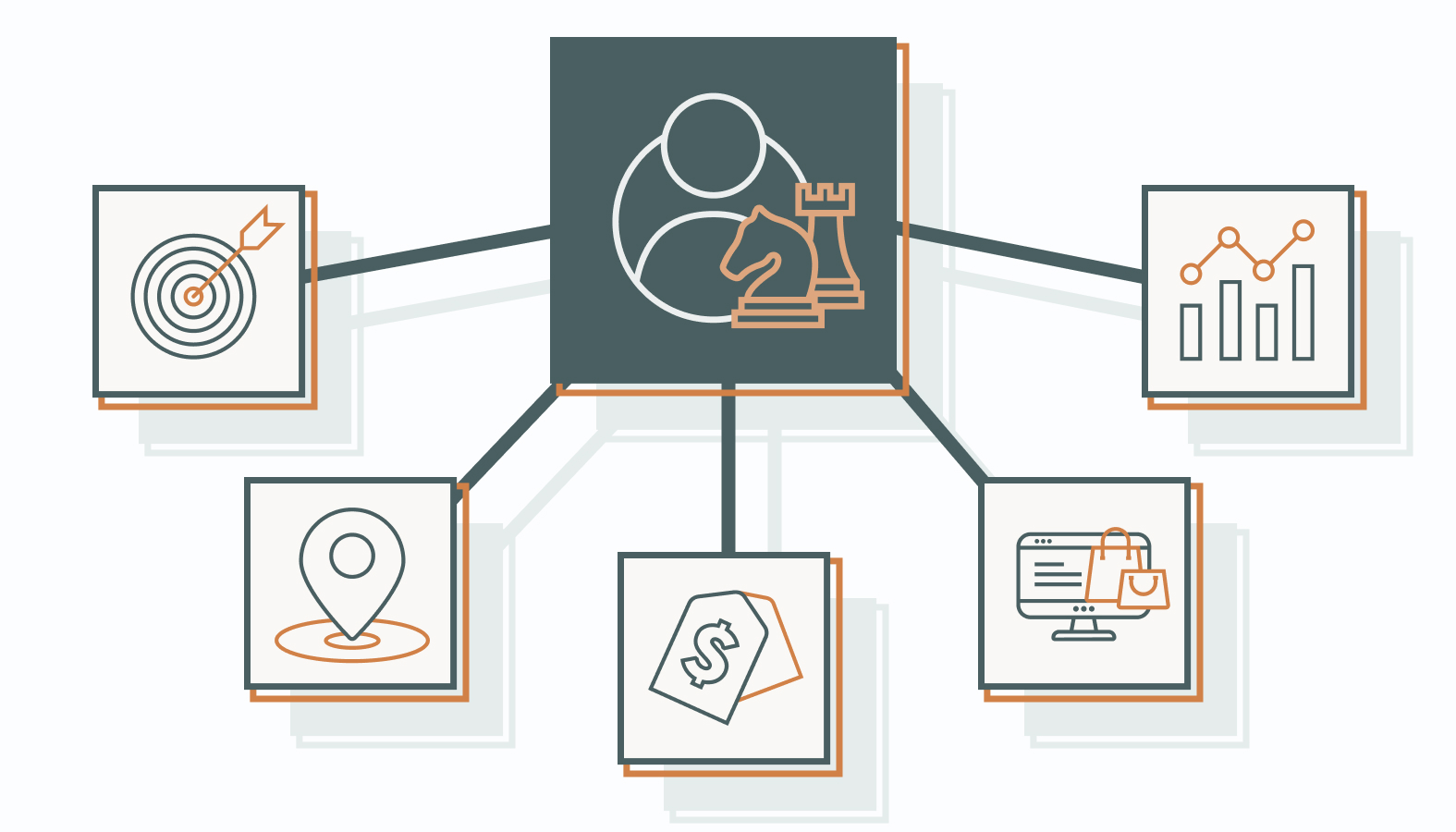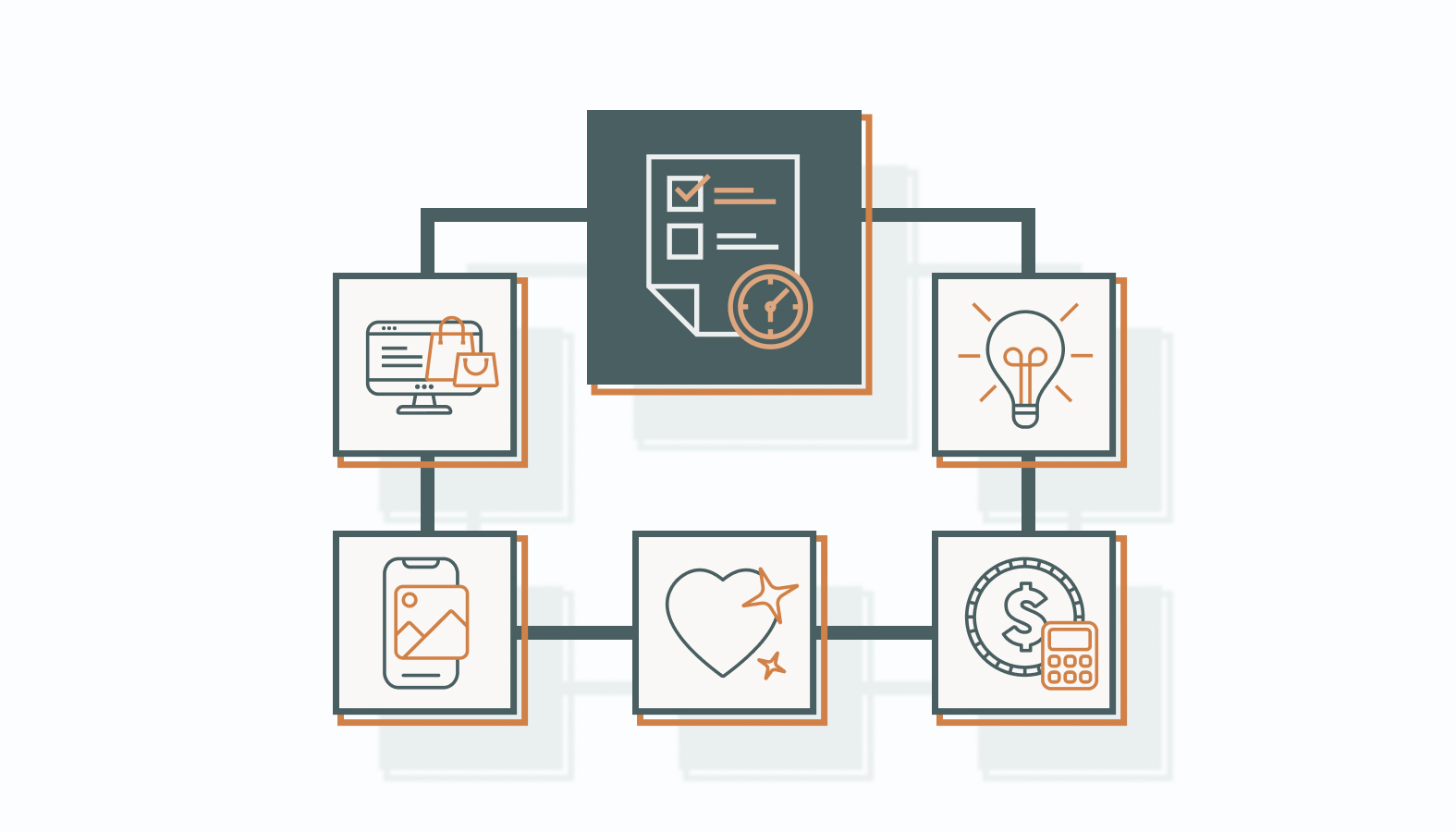Modern buyers don’t just follow patterns; they create them. Every click, pause, and purchase reveals intent, and behavioral segmentation is how marketers decode that story. Instead of sorting people by job title or ZIP code, it looks at how they actually behave and what drives them to act, engage, or convert.
Here’s the problem: too many businesses still rely on static data while customers are moving targets. Behavioral segmentation fixes that. It helps you see which customers are browsing with curiosity, who’s ready to buy, and who’s slipping away before you notice. With the right data and strategy, you stop guessing and start anticipating.
Let’s break down how behavioral segmentation works and how to turn insight into strategy.
The Art of Behavioral Segmentation
Great marketing starts with understanding behavior beyond just demographics. With behavioral segmentation, marketers get to understand both what people say and what they do.
What is Behavioral Segmentation?
Behavioral segmentation groups consumers based on observable actions:
- how often they purchase,
- what they buy,
- when they engage, and
- why they return (or don’t).
Unlike demographic or psychographic segmentation, it focuses on motivation and behavior rather than background.
Benefits of Implementing Behavioral Segmentation
When you know how customers behave, you stop marketing in the dark. Behavioral segmentation helps you tailor offers, messages, and timing to meet real needs, so your brand feels intuitive rather than intrusive.
Here’s what that really looks like in practice:
- Stronger engagement through relevance. Customers interact more when messages match their current mindset. A first-time visitor might need education and trust-building, while a repeat buyer responds better to exclusivity or early access.
- Higher conversions through timing. Behavioral insights reveal when people are most likely to act – whether that’s after browsing a certain category, abandoning a cart, or opening an email twice. Marketers can strike when interest is at its peak, rather than hoping for the best.
- Greater loyalty through personalization. Recognizing loyal customers and rewarding them with tailored perks (like personalized offers or early previews) creates emotional stickiness that keeps competitors at bay.
- Smarter resource allocation. Instead of spreading campaigns thin, teams can invest where behaviors indicate real opportunity. It’s precision over volume, and the ROI speaks for itself.
- Better long-term relationships. When marketing reflects an understanding of customer habits and motivations, it builds trust. People feel understood, and that’s what keeps them coming back.
At its core, behavioral segmentation is about interpreting patterns, understanding human behavior, and turning that insight into marketing that feels natural, timely, and effective.
Different Categories of Behavioral Segmentation
Behavioral segmentation groups people according to actions, habits, and intent, moving from broad assumptions to precision-driven engagement. Let’s break down the most practical categories marketers use to turn behavior into strategy.
Exploring Purchase and Usage Trends
Purchase and usage trends reveal the rhythm of how customers interact with your product or service. When you track what people buy, how often they buy it, and how they use it, you can predict what they’ll need next and meet them there.
For example:
- A SaaS company might identify users who consistently renew early and offer them bundled upgrades at renewal time.
- A retailer could spot that customers often purchase running shoes and athletic socks together, then build a “complete the look” promotion around that behavior.
The insight here isn’t just what they buy: it’s why and when. Understanding these nuances helps marketers anticipate needs and craft campaigns that feel one step ahead of the customer.
Occasion-Based Customer Grouping
Timing shapes intent. Occasion-based segmentation focuses on when customers are most receptive, whether that’s during seasonal spikes, personal milestones, or life events.
Think of how florists thrive on Valentine’s Day or how streaming platforms push family-oriented content around the holidays. A well-timed message amplifies relevance and urgency.
When brands understand why certain moments trigger buying decisions, they can design offers and messaging that feel perfectly timed.
Segmentation by Desired Benefits
Every customer buys for a reason, but not the same one. Segmentation by desired benefits focuses on the outcomes people seek, allowing marketers to position products in ways that match motivation.
For instance:
- A fitness brand can segment audiences pursuing endurance, strength, or weight-loss goals and tailor messaging for each.
- A skincare line might distinguish between buyers seeking anti-aging effects and those seeking clean ingredients.
This category helps companies shift from selling features to communicating value that resonates with individual intent.
Focusing on Loyalty-Based Segmentation
Loyalty segmentation zeroes in on the depth of the relationship. Loyal customers behave differently. They buy more often, spend more, and advocate louder. But they also expect recognition.
Smart marketers use this segmentation to:
- Offer high-value customers early access or exclusive rewards.
- Re-engage dormant buyers with targeted win-back campaigns.
- Adjust communication frequency.
When you personalize retention efforts to loyalty levels, you don’t just keep customers—you multiply their lifetime value.
Other Segmentation Methods
Beyond purchase patterns and loyalty, behavioral segmentation can get even more granular. These methods help refine messaging further and keep marketing aligned with the customer journey.
Grouping by Customer Journey Stage
Different stages call for different conversations. A prospect in the awareness phase may respond to helpful education, while a long-term customer might prefer sneak peeks or rewards.
Mapping messages to the journey ensures every touchpoint moves the relationship forward.
Segmenting Based on Engagement Levels
Not all customers engage equally. Some actively interact across channels, while others need a nudge.
Segmenting by engagement helps marketers deliver the right level of attention (such as exclusive offers for brand advocates or reactivation emails for silent subscribers).
Categorizing by Customer Satisfaction
Customer sentiment is behavior in disguise. Tracking satisfaction through surveys, reviews, or support interactions allows brands to respond strategically. This fixes pain points before they spread and leverages happy customers as organic promoters.
By combining these behavioral segmentation categories, marketers gain a view of their audience that updates as people’s actions change. It’s how modern brands move from static profiles to dynamic relationships, crafting marketing that feels personal, timely, and remarkably human.
Effective Strategies for Applying Behavioral Segmentation
Turning behavioral insight into strategy is where the magic happens. Once you’ve mapped how people interact with your brand, the next step is applying that data to drive action — not just observation.
These strategies translate behavioral segmentation into marketing that feels intelligent, timely, and persuasive.
Targeting and Influencing Key Behaviors
Every customer action tells you what they care about. Your job is to nudge that behavior in the right direction. The smartest brands don’t wait for patterns; they create them.
How to put it into practice:
- Analyze behavioral data to identify triggers that drive engagement, conversion, or churn.
- Design experiences that guide customers toward the next best step in their journey.
- Use emotional or motivational cues to inspire repeat actions (not just one-time responses).
Think of how:
- Fitness apps send personalized nudges to maintain workout streaks.
- Nike’s “Just Do It” campaign connected emotion to action and built a movement.
The strategy isn’t just about tracking behavior; it’s about inspiring it.
Using Location to Refine Precision
Location data adds a powerful layer of context. It helps you reach people when and where they’re most receptive.
Examples in action:
- A coffee chain targets commuters within a half-mile radius during morning rush hour.
- A retail brand localizes offers based on weather or local events.
When done properly, location-aware marketing feels less like a broadcast and more like good timing because relevance is proximity in action.
Adapting Pricing to Device Behavior
Not all devices signal the same intent. A desktop shopper might be researching a high-ticket item, while a mobile user wants convenience and speed.
Ways to use this insight:
- Adjust pricing or promotions based on device behavior.
- Offer quick-checkout incentives for mobile users.
- Highlight bundle savings or financing options for desktop visitors.
When pricing flexes with context, you meet customers where they are and how they shop.
Suggesting Smart Pairings
Cross-sells and upsells perform best when they feel intuitive. Behavioral data helps you anticipate what comes next for each customer.
Example applications:
- Online bookstores recommend sequels or related genres.
- SaaS platforms suggest premium add-ons based on feature use.
- Retailers build “complete the look” bundles to boost order value.
The goal: make the next step feel obvious, not opportunistic.
Timing Campaigns Around Real Patterns
Timing is marketing’s quiet advantage. Historical data shows when customers are most likely to engage, whether it’s seasonal buying cycles, renewal windows, or browsing habits.
Smart timing in action:
- A fashion brand triggers campaigns before seasonal wardrobe updates.
- A software company sends renewal offers as engagement dips.
- A DTC brand launches promotions when repeat buyers are most likely to reorder.
When you align timing with behavioral rhythms, campaigns stop interrupting and start resonating.
The takeaway? The real win with behavioral segmentation is foresight. You start anticipating what customers need before they ask, and that’s when marketing stops being clever and starts being indispensable.
Case Studies and Real-World Examples
The best proof of strategy is execution. Seeing behavioral segmentation perform in the wild shows how data-driven intuition translates into measurable growth and why it’s become a competitive edge across industries.
Let’s break down a few standout examples where brands turned behavioral insight into performance.
eCommerce: Turning Clicks Into Conversions
Few sectors move faster than online retail, and behavioral segmentation has become its secret weapon. The best brands use data to respond and anticipate, which turns subtle behavioral cues into revenue-driving opportunities.
- Amazon has long set the standard. Every scroll, search, and review refines its algorithm, building hyper-personalized recommendations that boost both satisfaction and average order value. By understanding what customers browse, skip, and return to, Amazon transforms intent signals into precise, timely engagement.
- Shopify-powered brands like Allbirds apply the same principles on a smaller scale. They track browsing depth, cart activity, and repeat visits without purchase, then use automated triggers to deliver re-engagement campaigns. Personalized emails, limited-time offers, and smart product pairings help reignite interest right when hesitation peaks.
Meanwhile, fashion retailers analyze session time and product-view frequency to gauge purchase intent. When shoppers linger, the system automatically serves social proof (“Only 2 left!”) or suggests complementary items, which serve as subtle nudges that create urgency and relevance without shouting “buy now.”
The result? Behavioral segmentation that feels less like a marketing tactic and more like good timing. It guides customers toward what they want before they even know it.
SaaS: Driving Retention Through Behavioral Insight
In the subscription economy, behavior is the pulse of retention. Leading SaaS brands collect data, then interpret it to build habits, prevent churn, and turn users into loyal advocates.
- Asana and ClickUp track engagement patterns like logins, task creation, and team invites. When activity dips, automated workflows such as tutorials, quick-start checklists, or feature prompts help reignite momentum before users drift away.
- HubSpot ties engagement to milestones. When customers hit key thresholds (like importing contacts or publishing their first campaign), it sends personalized messages that celebrate progress and guide next steps.
- Slack monitors collaboration levels to spot both power users and churn risks. Highly active teams get nudged toward premium integrations, while quieter accounts receive support-driven messages to re-engage.
SaaS leaders use behavioral insight to meet customers exactly where they are, ensuring outreach remains timely, relevant, and effortlessly human.
Retail & Hospitality: Personalization That Feels Human
Behavioral segmentation doesn’t stop online. The best brands bring it to life in the real world.
Luxury retailers use purchase history and in-store browsing data to predict buying cycles and personalize follow-ups. A customer who bought a tailored suit last season might receive a private preview of the new collection. Since it’s not a generic discount, this preview serves as a gesture that rewards loyalty and taste.
In hospitality, brands like Marriott and Hilton blend stay patterns with preference data, such as room type, booking window, and visit frequency, to shape offers that fit traveler habits. A business guest who checks in midweek might get a Monday-night rate incentive, while a family traveler sees school-holiday packages first.
It’s behavioral segmentation made tangible, leading to marketing efforts that feel tailored rather than triggered.
Finance & Beyond: Using Behavior to Build Trust
Even in regulated industries, behavior drives the most trusted relationships. Financial brands are proving that personalization and compliance can coexist when precision is applied.
- Chase Bank uses transaction and spending data to deliver in-app insights. Features like savings recommendations and proactive credit alerts help customers stay ahead.
- American Express segments cardholders by lifestyle and spending patterns, serving offers aligned with travel, dining, or shopping habits. It’s exclusivity that feels earned, not engineered.
- Fintech platforms like Revolut and Monzo analyze micro-behaviors. They round up purchases, recurring transfers, or milestone completions to trigger adaptive messages that celebrate progress and inspire continued growth.
- Insurance providers are also leaning in. By tracking claims and renewal behaviors, they can predict when customers need clarity or reassurance. If a policyholder repeatedly checks coverage before renewal, the system delivers tailored guidance or upgrade suggestions that build confidence instead of cancellations.
In finance, behavioral segmentation is about credibility. Each relevant, well-timed interaction reinforces trust and deepens the relationship.
The Takeaway
Across industries, these brands share one strategic thread:
- They observe, interpret, and respond to customer behavior in real time.
- They personalize every stage of the journey.
- They prove that relevance builds both trust and growth.
Behavioral segmentation goes beyond collecting more data and focuses on understanding what that data says about people. When done right, it helps marketing become more predictive and customer-centric.
Turning Insight into Competitive Advantage
Behavioral segmentation is a mindset shift. It’s about seeing your audience not as numbers, but as people whose actions tell a story. When brands listen to that story, they create marketing that feels intuitive, personal, and genuinely effective.
When you understand how people act, not just who they are, your brand stops reacting and starts anticipating.
It’s how you move from campaigns that talk at customers to experiences that speak to them. The payoff? Sharper engagement, higher retention, and marketing that feels both intelligent and human.
As markets evolve and attention spans shrink, precision wins. The brands that thrive will be the ones that understand behavior deeply enough to turn data into empathy and insight into action.
Ready to build marketing that thinks ahead?
Schedule a candid conversation with one of our experts to turn behavioral data into a strategy that drives connection, conversion, and growth.










